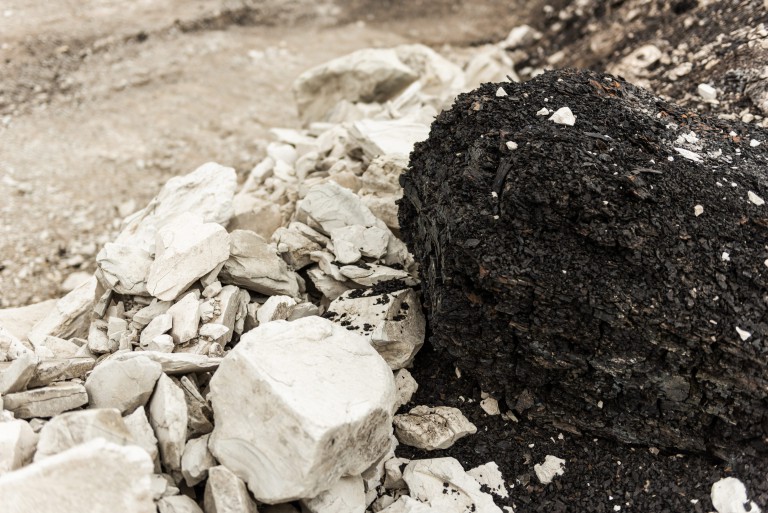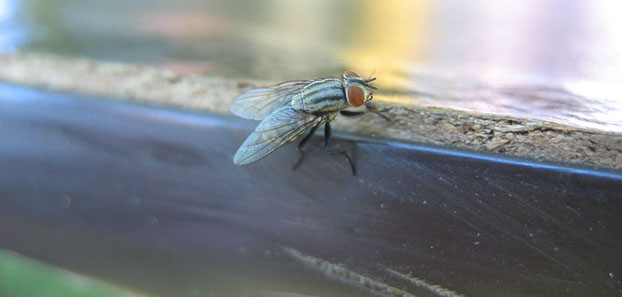Diatomaceous earth has been used for thousands of years. In fact, over 4,000 years ago the Chinese and Egyptians used DE to preserve various foods including grains, nuts, legumes and seeds and protect them from moisture, mold and pests.
However, the use of diatomaceous earth as a natural insecticide was not acknowledged by humans until 1958 in Phoenix, Arizona (animals, on the other hand, have been using dust for this purpose for millions of years).
Louis de Lisle, an inventor, believed that he had discovered a way to make synthetic gems. During one of his many visits to Louis’ small, fly infested workshop, to watch and take part in this discovery, Neil Clark made a shocking discovery. He noticed that every time Louis crushed a certain material in to a powder the flies in the workshop disappeared. This material was diatomaceous earth.
Excited about this discovery, Neil and Louis began testing the diatomaceous earth on insects and found it to be highly effective in killing them. With the help of Dr. E Bertke, a zoologist at Arizona State University, it was found and confirmed by the Bureau of Biological and Physical Sciences of the US Department of Health, Education and Welfare that food grade diatomaceous earth was harmless to warm-blooded animals. In fact, the animals fed DE even gained weight!
It was shown in a University of Nebraska test that food grade diatomaceous earth has a 98% repellency factor against insects (compared to a 60% factor for most chemical insecticides) and was verified by the FDA that the product is not harmful to warm-blooded animals.
Image by Chris Breeze


